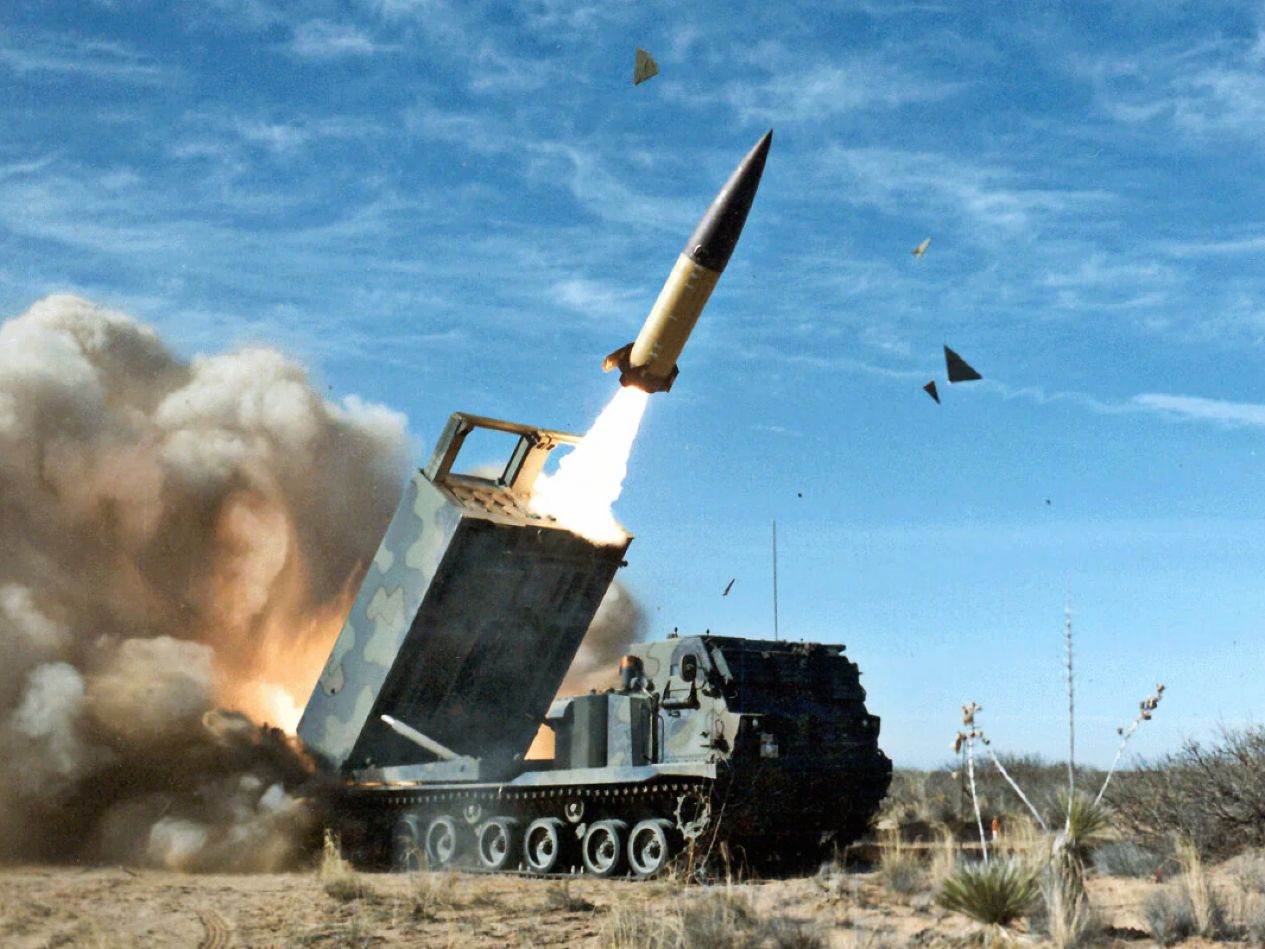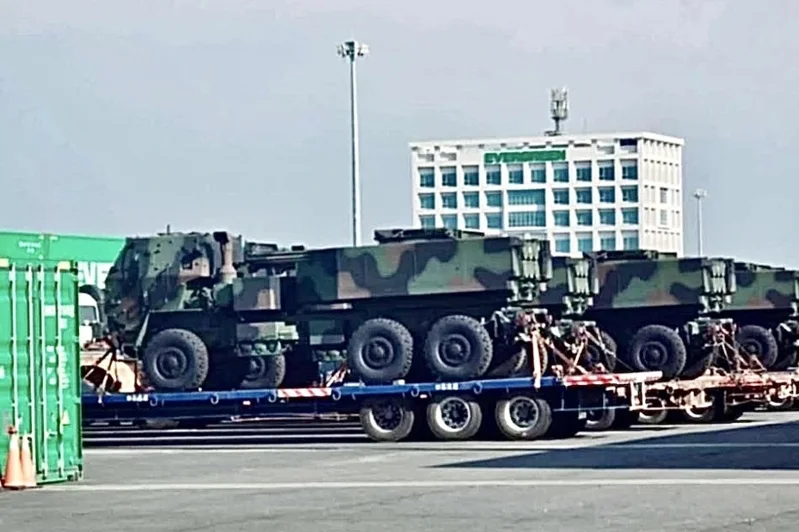Taiwan has reportedly received its first delivery of the US-made Army Tactical Missile System (ATACMS), expanding its long-range strike capabilities amid rising tensions with China.
This delivery follows the arrival of the High Mobility Artillery Rocket Systems (HIMARS), which Taiwan accepted earlier this month.
On November 9, an unnamed source confirmed to local media that the initial batch of ATACMS missiles, with a maximum range of 300 kilometers, arrived in Taiwan recently. However, due to security concerns, the exact number of ATACMS units in this initial shipment remains undisclosed.
The delivery is part of a broader arms deal approved by the United States under the previous Donald Trump administration. In late 2020, the US authorized the sale of 64 ATACMS and 11 HIMARS M142 launchers to Taiwan.
Following adjustments to its defense priorities, Taiwan later increased its order, ordering an additional 18 HIMARS systems and raising its ATACMS order from 64 to 84 units.
World’s “Most Powerful” Military Under Donald Trump! BIG Defense & Budget Policy Changes Await USA!
The Ministry of National Defense (MND) had already confirmed earlier this month that 11 HIMARS units had been delivered to Taiwan and stationed at the 58th Artillery Command of the 10th Army Corps in Taichung.
According to the unnamed source, Taiwanese soldiers have begun training on the new systems, and the newly delivered ATACMS will also be assigned to this unit.
While the Army Command Headquarters has not publicly commented on the ATACMS delivery, it did confirm that the entire arms delivery process is proceeding on schedule.
The ATACMS is a long-range missile system with a range of up to 300 kilometers, designed to be launched from HIMARS.
The US approved the sale of these systems during the Trump administration in late 2020, shortly after lifting long-standing missile range restrictions for US allies in Asia, including Japan and South Korea.
These changes reflect shifting security priorities in the region, particularly due to growing threats from North Korea and the People’s Republic of China, both of which have developed advanced missile programs.
This delivery is seen as a major enhancement to Taiwan’s defense capabilities as it seeks to bolster its deterrence against increasing military pressure from China.

ATACMS For Taiwan
The ATACMS (Army Tactical Missile System) is a highly capable supersonic ballistic missile initially developed by the now-defunct Ling-Temco-Vought (LTV) and later refined and manufactured by Lockheed Martin.
Its maximum range is 190 miles (300 kilometers), making it ideal for long-range precision strikes.
This missile can be launched from the tracked M270 Multiple Launch Rocket System (MLRS) and the wheeled M142 High Mobility Artillery Rocket System (HIMARS), providing flexibility in deployment based on terrain and mission needs.
For Taiwan, combining HIMARS and ATACMS is pivotal to its asymmetric defense strategy, prioritizing rapid-response, high-mobility systems for precise, resilient attacks.
The HIMARS launcher offers Taiwan’s military a critical “shoot-and-scoot” capability, allowing it to launch attacks and quickly relocate before enemy forces can pinpoint and retaliate. This mobility would complicate Chinese efforts to detect and target these units.

HIMARS can strike Chinese forces during a beach landing, while the long-range ATACMS would extend Taiwan’s reach, enabling strikes on strategic coastal areas of China’s mainland.
John Dotson, the deputy director of the Global Taiwan Institute and associate editor of the Global Taiwan Brief, pointed out, “The ATACMS missile, with a range of up to 300 kilometers, would offer ROC ground forces an increased capability to strike at PLA units along China’s coastal areas—and potentially much further inland if deployed from Taiwan-controlled islands.”
Similarly, Su Tzu-yun, a defense analyst at the Institute of National Defense and Security Research (INDSR) in Taiwan, noted that the ATACMS missiles give Taiwan the capability to counterattack if China launches an invasion.
The United States has also supplied ATACMS to Ukraine, where they have enabled successful strikes on high-value Russian targets, demonstrating the missile’s efficacy in real combat scenarios.
However, Russia has claimed that its forces have effectively countered these missiles. If true, Moscow might share technical insights with China to help counter the missile’s effectiveness.
Additionally, China’s extensive air defenses and advanced electronic warfare capabilities, concentrated along its coastal regions, could reduce the operational effectiveness of older munitions like ATACMS.
Nonetheless, these measures present challenges, but the combination of HIMARS mobility and ATACMS range continues to serve as a powerful element of Taiwan’s defense posture, strengthening its capacity to deter aggression and secure its territory against Chinese threats.
- Contact the author at ashishmichel(at)gmail.com
- Follow EurAsian Times on Google News




